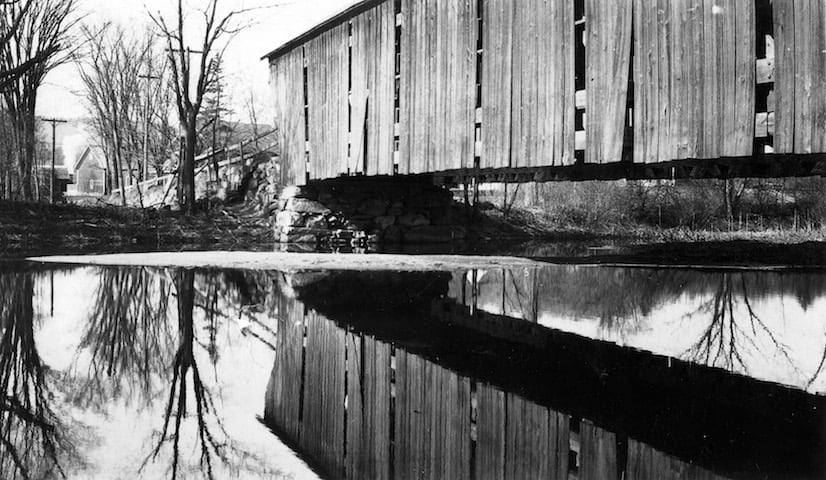
I think most readers will know I’m an antiques dealer. This profession was the best decision I ever made. I get to handle and collect interesting, sometimes historical, artifacts.
One of my favorite subjects to collect is real photo postcards. It was about 1900 when real photo postcards came into being. By 1905, they were the rage. Everyone mailed and collected these cards. Postcard albums soon appeared to safely store and display your cards.
There are dozens of categories to collect. Cards showing street views have always been collected. Danny Clemons and I collect Chester cards. Recently, Danny has been organizing my Chester cards. I have a few cards that Danny hasn’t seen and vice-versa.
Danny would agree; after decades of collecting Chester cards, you seldom see a card that you don’t already have, but you still need to feed your addiction. Collecting is an addiction.
So we’ve branched out to collecting other towns or subjects. If a competent photographer took the photo, it is a thing of beauty to hold.

I collect cards showing hunters or trappers, street views, patriotic, and occupational. One subject I collect is what I call reflections. I only have a few of these cards. They are not common nor widely collected. The photo with this article is one of my favorites.
It’s the old covered bridge down by the gristmill in the Depot. Notice how the still water created a mirror reflection of the bridge on the surface of the water.
You’ll notice the stone abutment on the left end. Also notice how the road rises to the bridge on a stone foundation. These bridges were built higher than the road to prevent ice taking the bridge during the spring melt. The dam was on the left just out of view.
This photo didn’t happen by accident. The photographer knew exactly what he was doing, waiting for perfect conditions and sunlight.
These 100-plus-year-old photos were produced from dry plate glass negatives. There was the cost of the dry plate, developing the glass negative with chemicals was an added expense. These photographers, both professional and amateur, didn’t waste a shot. They took it for a reason.
Because postcards were now collected, a photographer could be assured of a market for certain views. As an example, the train station, the Fullerton, and views of Main and North Streets would sell to tourists. These cards were sold at local businesses where tourist traffic was heavy. As a result, these cards are common today.
A card such as the card with this article wouldn’t have appealed to tourists, so it was produced in limited numbers thus scarce today.
By 1910, amateur photographers appeared. They often photographed the family home or the area they lived in. One unknown amateur photographer in Popple Dungeon took dozens of photos in that area. These cards are easy to recognize. The photographer did not print the photo out to the edge of the card. Instead he left a wide margin around the photo. Whoever this prolific photographer was, he left behind an excellent record of the Dungeon.
Other photographers used this same method, so just because it has a margin does not make it Popple Dungeon. At the historical society, we probably have close to 100 of these Dungeon cards. Danny and I have some of these same cards.
Over the years, I’ve bought cards at auctions, tag sales, antiques shops, and private individuals. Postcard shows are an excellent place to look for cards.
This Saturday, Oct. 2 at 9 a.m., there’s a postcard show up in Quechee. Danny and I will be going. It’s not a large show, which is perfect. It gives us a chance to talk with the dealers and tell them what we collect. Sometimes the dealer will reach under a table and pull out an album full of what we collect.
I encourage you to collect these cards. Begin with the town you live in. It’s a great hobby and not too expensive. Perhaps you like portraits of women showing their dress of the day.
Online, of course, is another source. I like to hold the cards and talk with the dealers. Information flows both ways. You can’t do that with an online purchase. And if you develop a relationship with the dealer, he may call you when he finds what you’re looking for.
This week’s old saying my mother used when someone burped: “Six more and you’ll have seven up.”